Description
HISTORY OF LB&SCR BALTICS
Billinton’s handome “L” Class baltic tank was the last entirely new locomotive design of the LB&SCR. The first, N°327, came out in April 1914 and bucked the trend of doing away with locomotive names started by Marsh in 1906 by carrying the name Charles G Macrae, the second locomotive to carry this name after R Billinton’s B2 class N°314 of 1895, until removed by the Southern Railway in July 1925. The two 22in x 28in outside cylinders, inclined at an angle, were the largest ever fitted to a
Brighton locomotive, and among the largest in the country. When first built there were problems with water surging in the huge side tanks when they were only half full, a problem that was cured by cutting down on the water space without affecting the outside shells of the tanks. The boiler had a working pressure of 170lb and two Ramsbottom safety valves were fitted to the top of the Belpaire firebox.
Five more locomotives were ordered in 1921 and another two in 1922. These, though, were a little different in that they were fitted with well tanks and very shallow, 15in, sidetanks (though the size of outer shell was maintained to give the class a uniform appearance). The water capacity of these seven was a fraction more than that of the modified first two of the class. The lst seven were also fitted with large underslung laminated springs for the outside coupled axles The modified engines were very stable, fast and powerful and were more than up to the task of handling the 400 ton “Southern Belle”, or the heaviest of business trains. When required, the
making up of ten minutes of late running was well within their capabilities once south of East Croydon. Two of the final seven were named, although this had not been the original intention. The Stephenson Locomotive Society, which had very strong connections with the LB&SCR, suggested that one, N°329, should carry the name Stephenson seeing as the original locomotive of that name had been withdrawn before WWI. This took place shortly after the engine entered service in 1921. Then the last of the seven, N°333, was chosen to be the Railway’s War Memorial engine. Various suggestions were put forward until the name Remembrance was finally chosen.
The nameplates were affixed to the sides of the engine with a further plaque carrying the inscription: “In grateful remembrance of the 532 men of the L.B.& S.C.Rly. who gave their lives for their country, 1914-19”. The locomotive was painted grey with black bands and white lining, with lettering and numerals that were white blocked in black and remained thus until painted green by the Southern Railway.

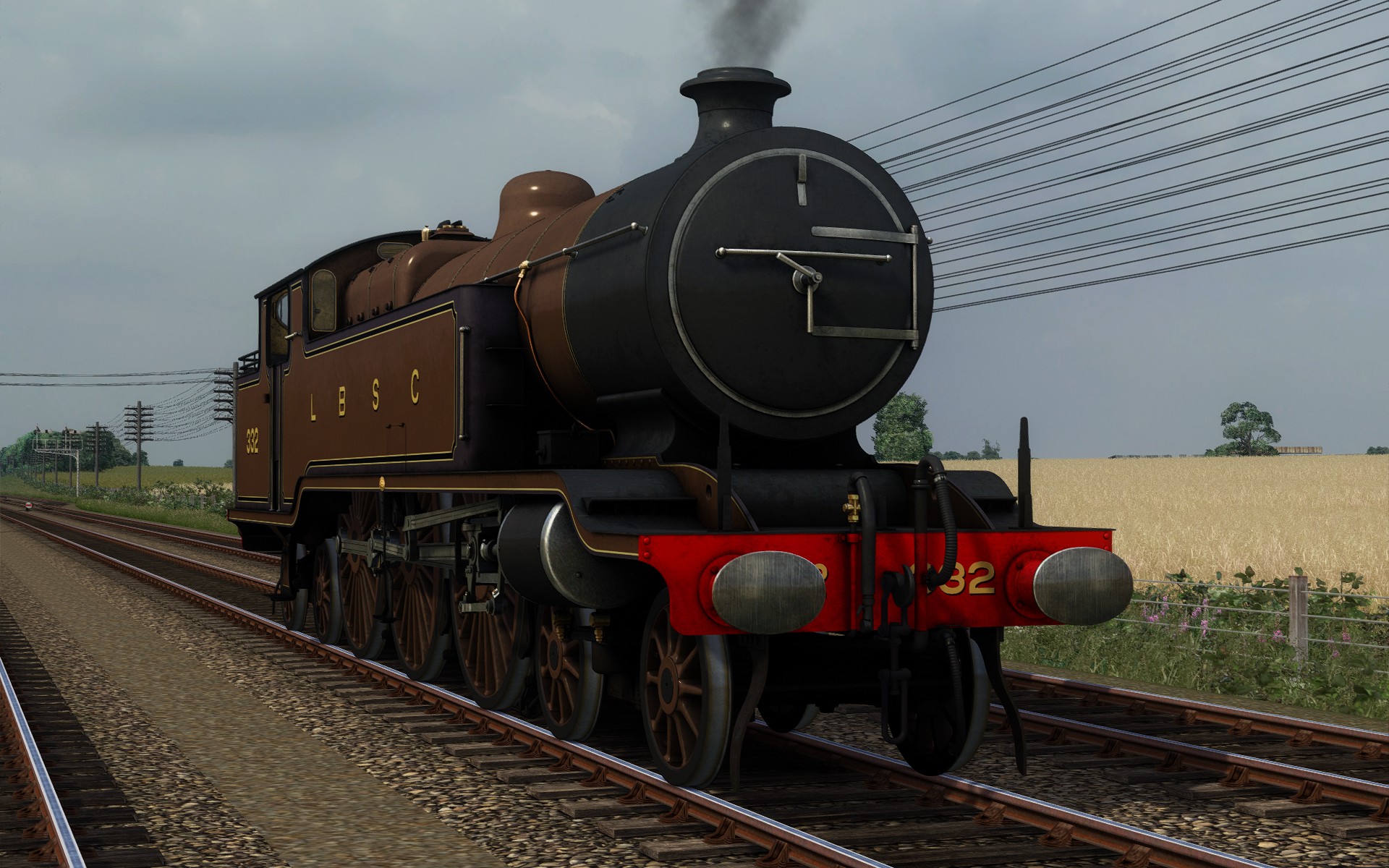
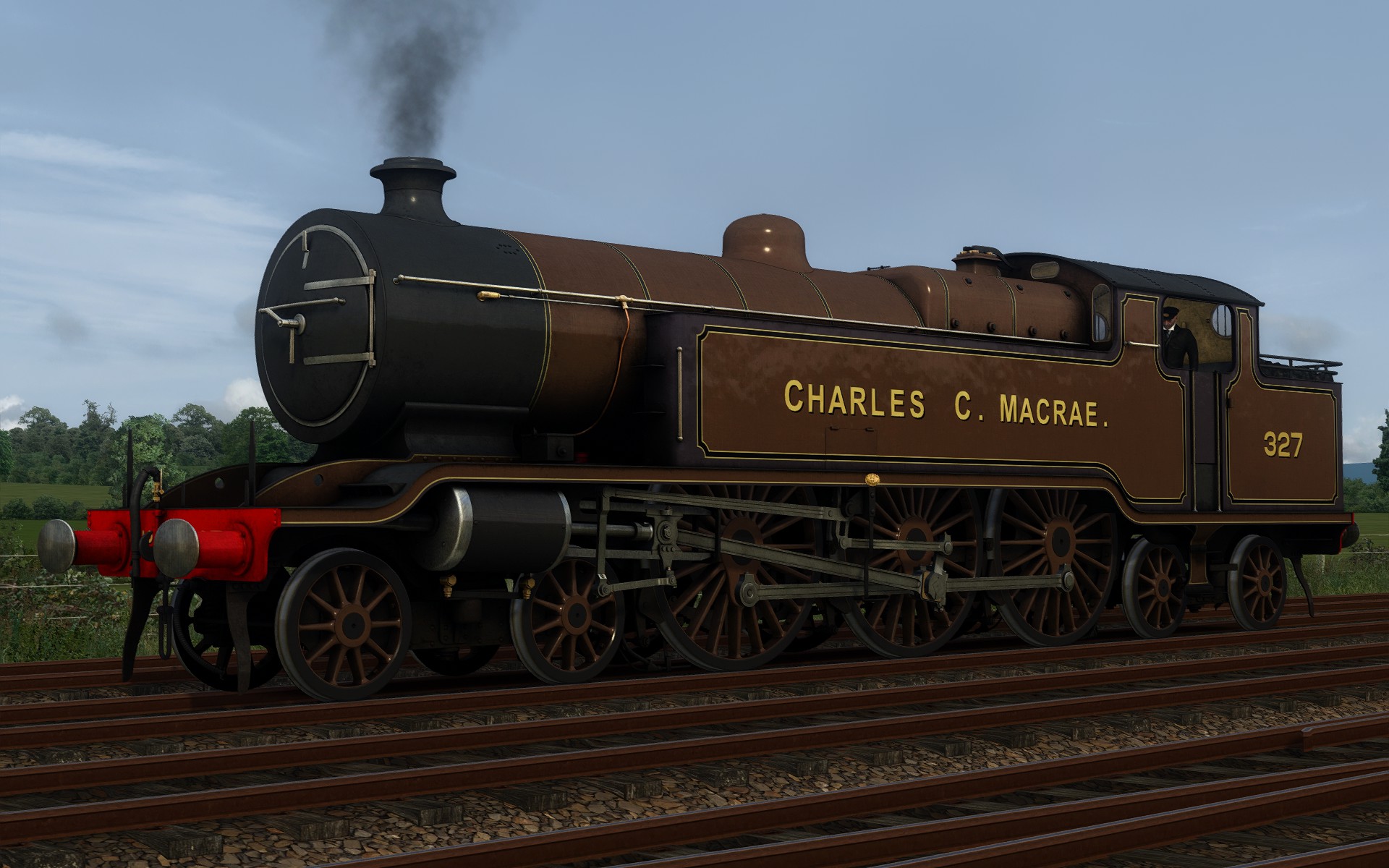
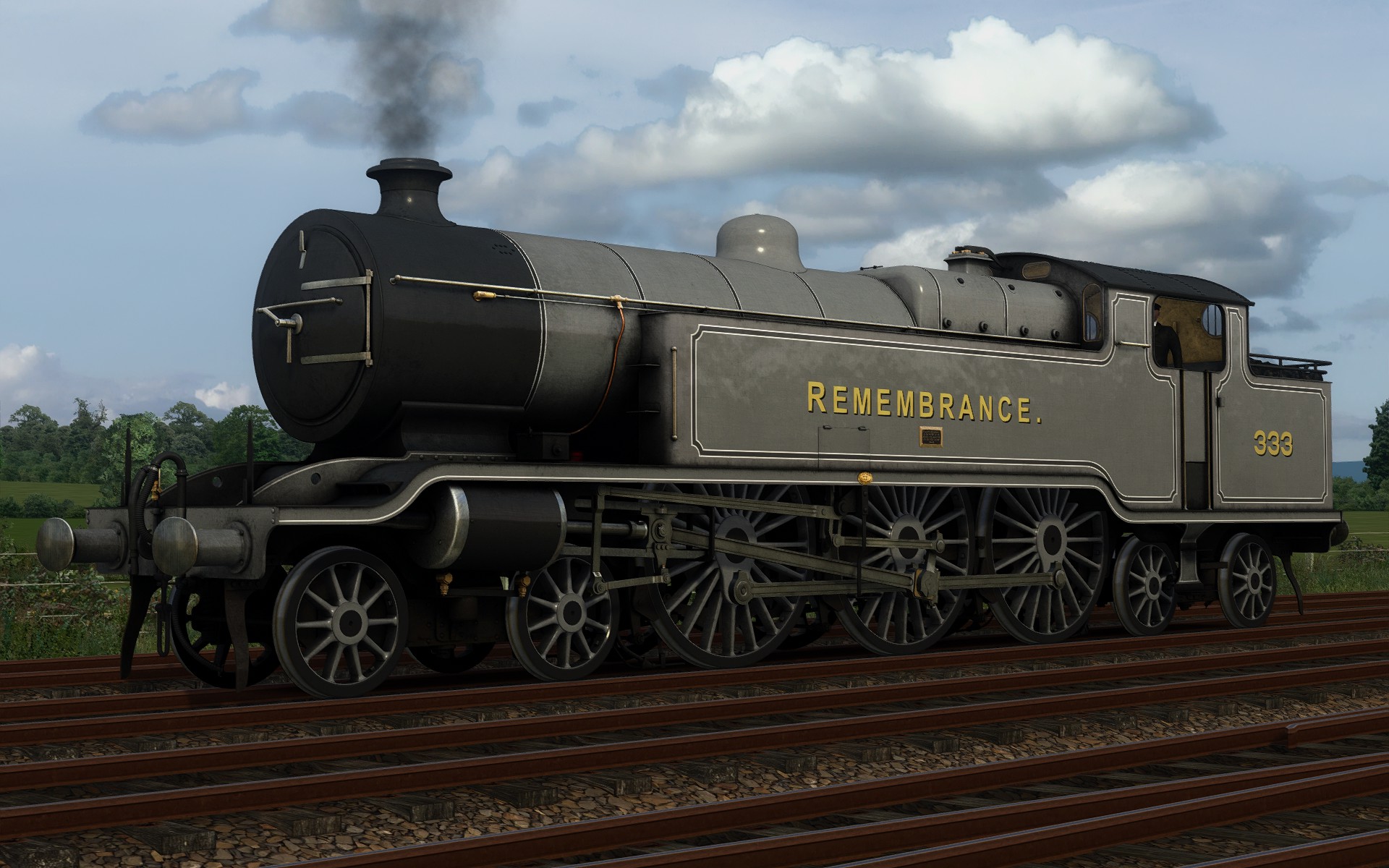



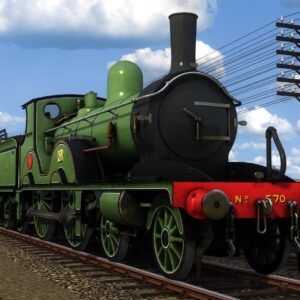
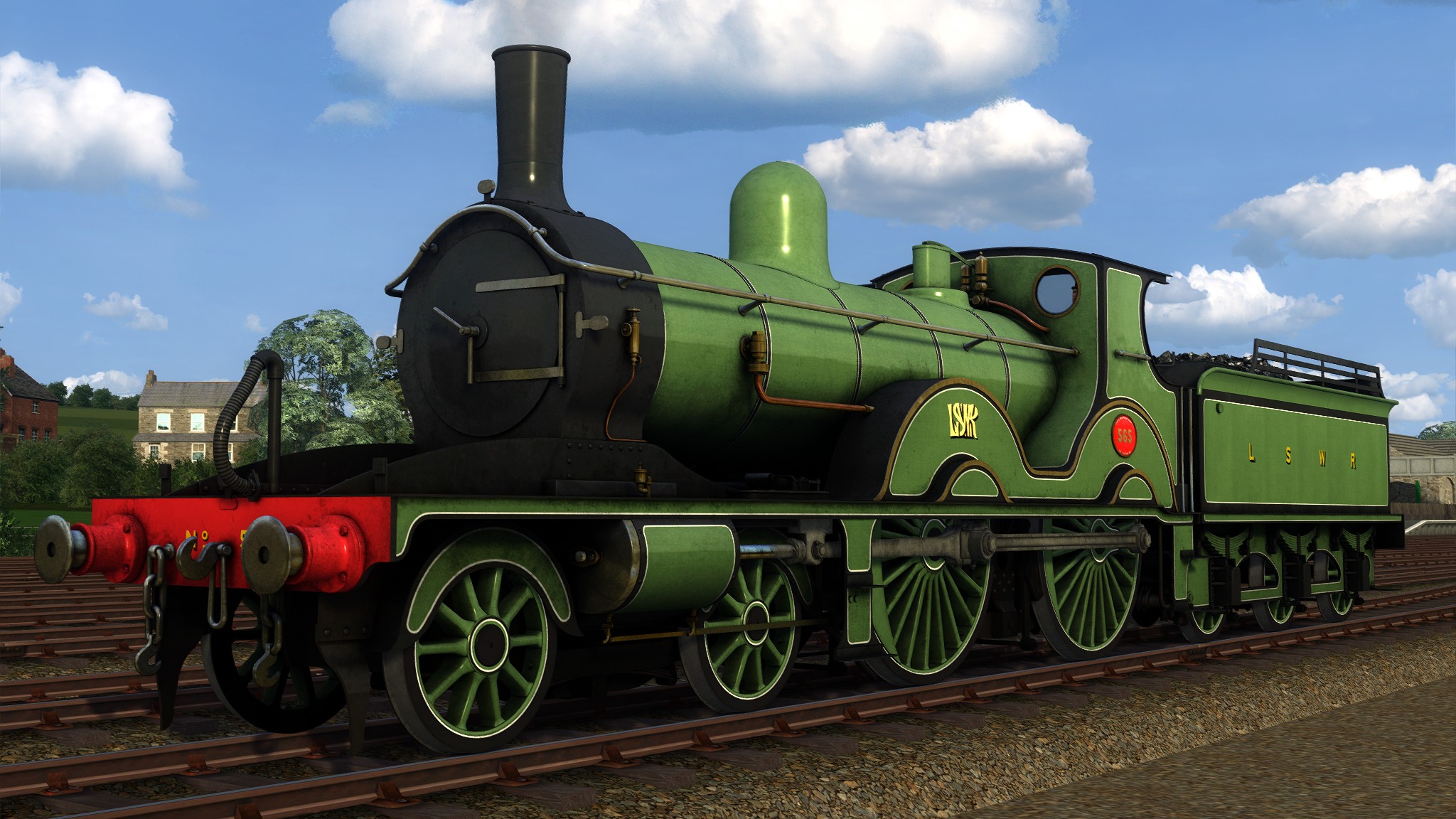
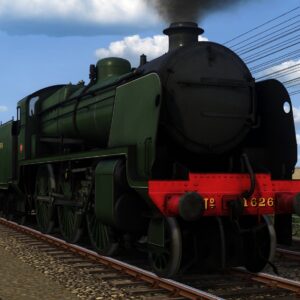
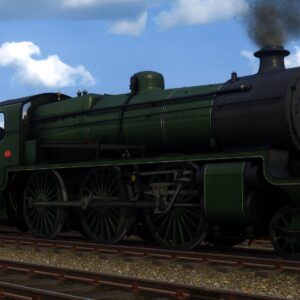
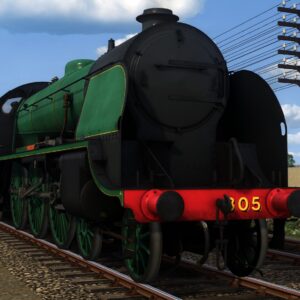

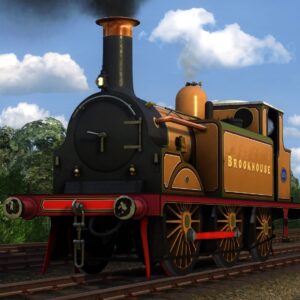
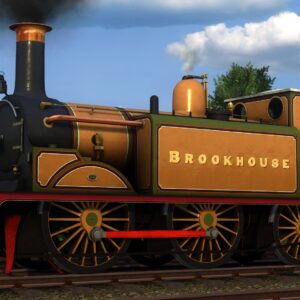
Reviews
There are no reviews yet.